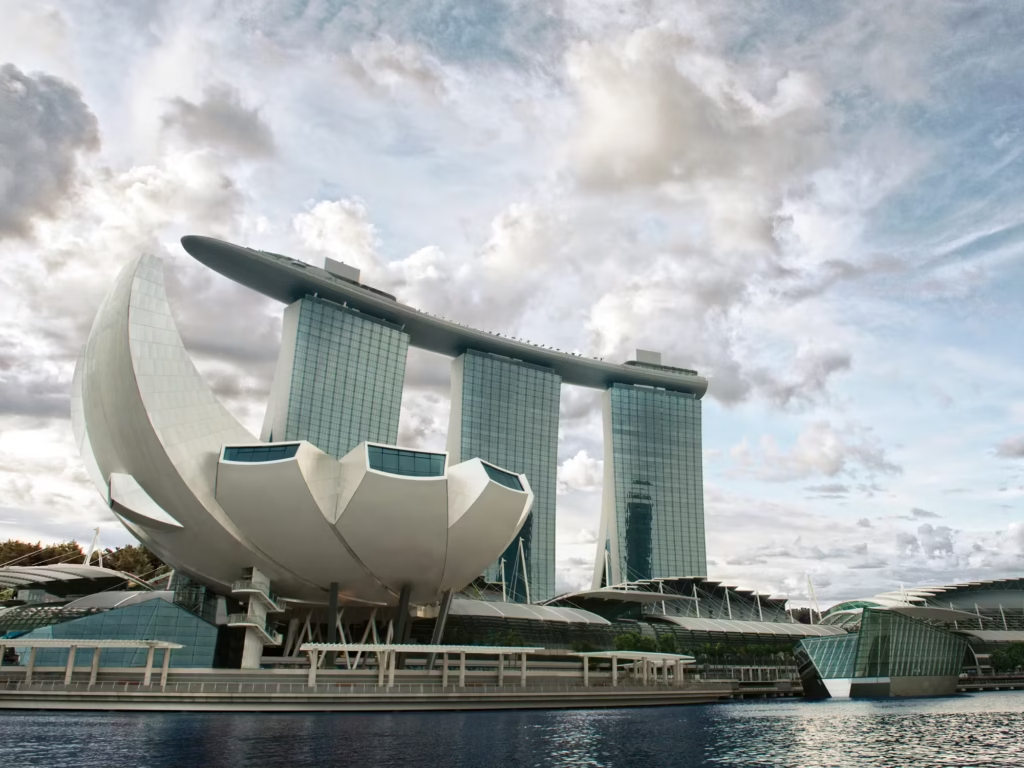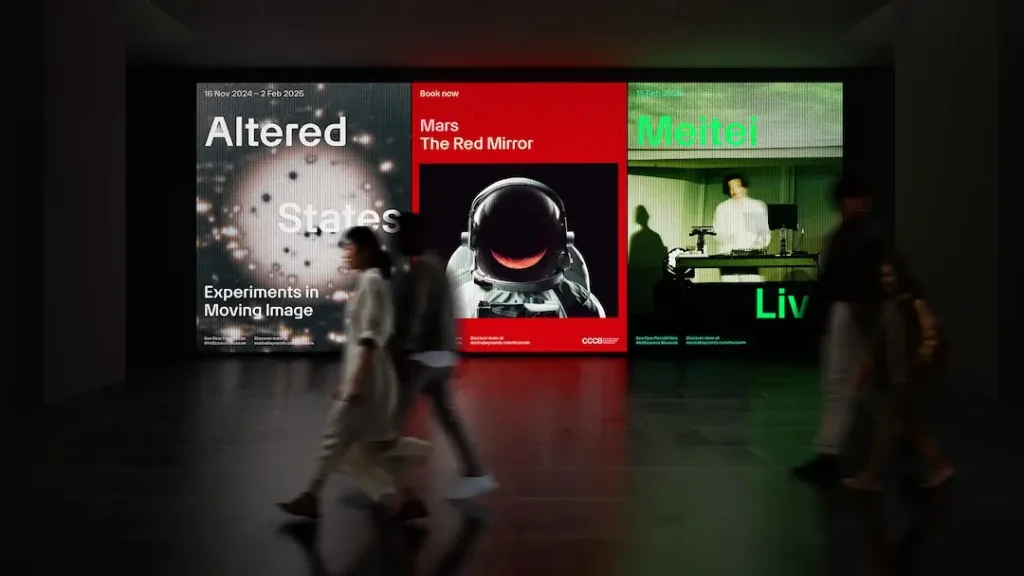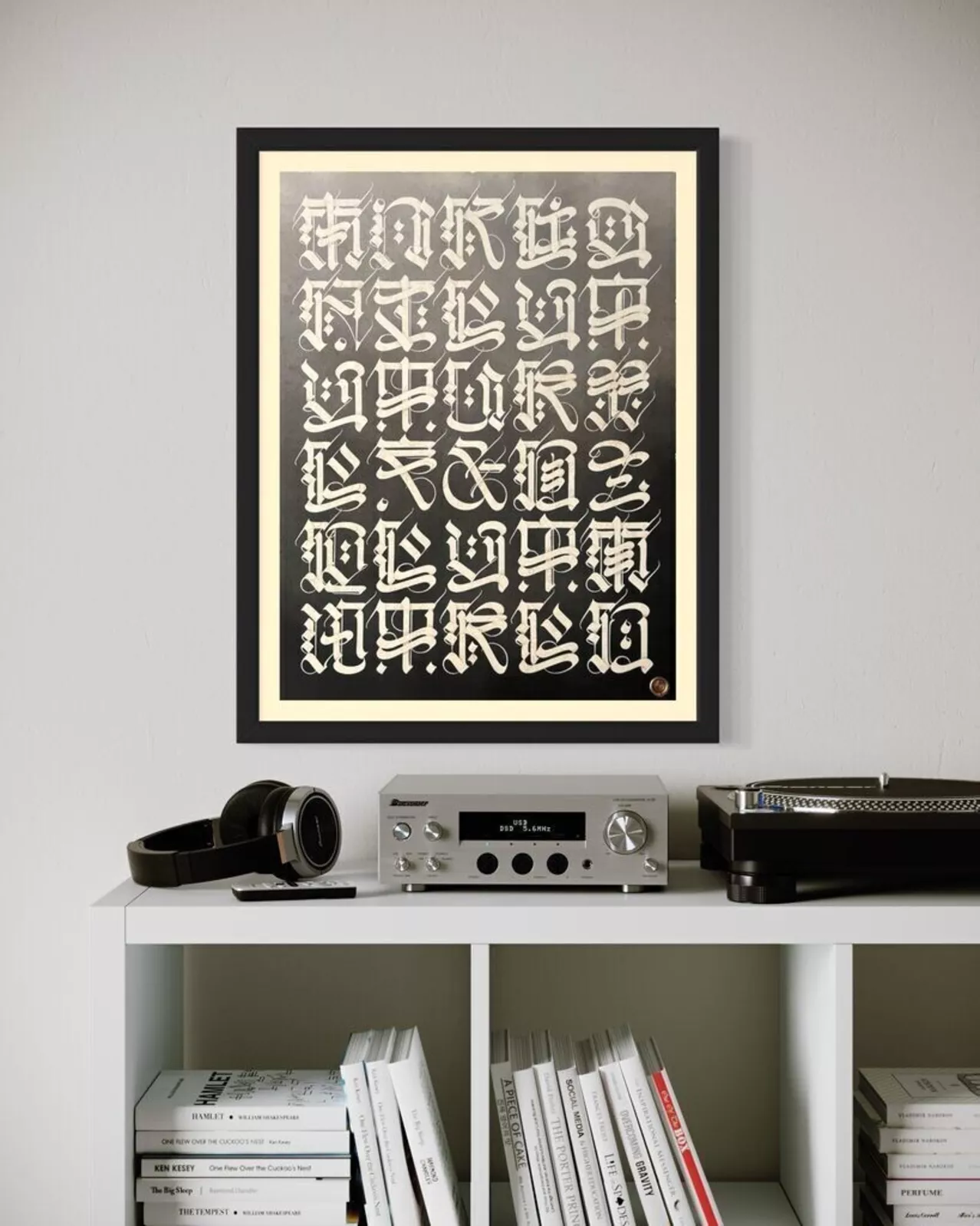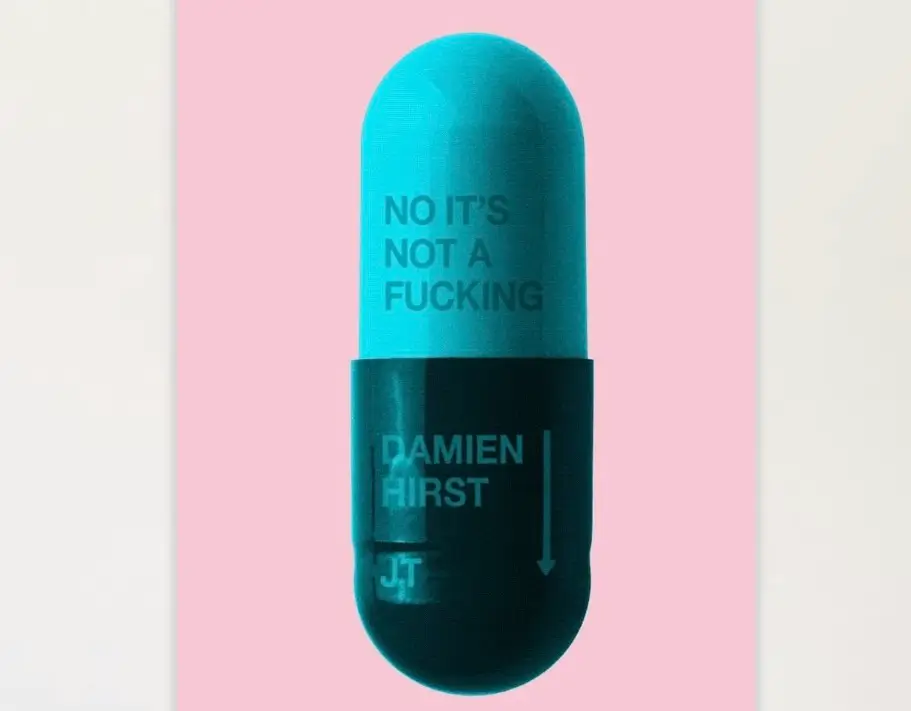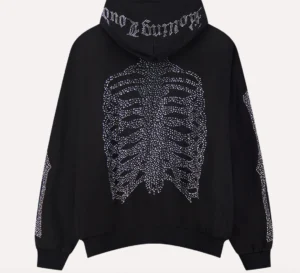The lotus on Marina Bay has always promised a meeting of disciplines—a petaled emblem where art, science, technology, and culture can cross-pollinate. Yet the promise of a hybrid museum is never guaranteed by architecture alone. It must be renewed generation after generation through programming, pedagogy, and public trust. Reimagining Singapore’s ArtScience Museum today means treating it not merely as a venue for spectacular exhibitions, but as a working instrument for discovery, a civic classroom for the region, and a living laboratory that prototypes the future of cultural institutions. What follows is a proposal for that next chapter: a museum that learns, teaches, and builds—with the rigor of science and the imagination of art.
present
ArtScience Museum’s silhouette—petals opening to the sky—signals encounter. Inside, the institution has excelled at immersive installations, traveling blockbusters, and family-friendly experiences that make complex ideas tangible. But the world around it has changed. Schooling is hybrid; creative practice is computational; sustainability is no longer a theme but an operational mandate. Visitors arrive with phones that rival film studios. Audiences are fragmented and yet hungry for experiences that feel both communal and deeply personal. The museum’s redesign must respond to this moment without losing its warmth and wonder.
idea
Begin with the premise that the museum itself is a research tool. Replace the idea of a static building with a learning organism. Establish a “curatorial methods lab” that studies how people make meaning across cultures and ages. Use privacy-preserving analytics to observe how visitors move, linger, and merge—never tracking individuals, only patterns that can inform future design. Publish those learnings. Share the data model. Invite critique from educators, artists, and HCI scholars. In this way the museum becomes a platform for evidence-based curation: shows and programs that evolve because they are tested against real human curiosity, not just curatorial instinct.
show
Spectacle draws the first crowd; scholarship builds the community. Balance the traveling mega-exhibition with commissions that leave a trace: open datasets, toolkits, teaching packs, and peer-reviewed white papers co-authored with artists, scientists, and students. Launch an annual ArtScience Commission that pairs a contemporary artist with a lab—ocean sensors, bio-fabrication, quantum imaging, urban AI—tasking them to co-create not only an installation but a public methodology. The result is a museum that does not just show works; it shows how the work works.
exhibit
Rebuild key galleries as configurable “instruments” rather than fixed rooms. Think acoustically tunable walls, programmable light ceilings, and floor systems with power/data grids every two meters so robotics, VR rigs, or wet-media demo benches can appear overnight. Introduce a “materials commons”: a visible library of sustainable and emergent materials—mycelium composites, seaweed bioplastics, conductive textiles—available for hands-on workshops and artist prototyping. Equip one gallery with a volumetric capture stage; another with an ambisonic soundfield; a third with scent dispersion and microclimate control for projects in olfactory art and environmental sensing. The point isn’t gadgetry. It is to make the building capable of hosting questions we don’t yet know how to ask.
view
Step outside the petals. The bay is not scenery; it is curriculum. Create a littoral learning loop—a public path that knots together small pavilions: a citizen-science kiosk for water quality sampling, a micro-observatory for plankton and night sky programs, and a “listening deck” where hydrophones feed underwater soundscapes into an accessible sound garden. On festival evenings, a floating barged stage can host river-of-light performances or data-driven projections that visualize tide, weather, and migration. Climate adaptation becomes visible here: raised boardwalks, mangrove planters, and shading strategies double as interpretive features. The waterfront becomes the museum’s open-air lab.
flow
Sustainability must be as tangible as any artwork. Develop a circular exhibition protocol: all scenic builds catalogued, bar-coded, and re-used by default; only bio-based or recyclable substrates for graphics; standardized crate sizes for lower shipping emissions. Publish a “materials passport” for each show. Power the museum with a mix of rooftop photovoltaic arrays and a bay water heat exchange system; turn the mechanical room into a glazed teaching gallery that explains how it all works. Zero-waste concessions, closed-loop water for interactive features, and a maker-space equipped for repair—not just fabrication—complete the practice. Let sustainability be visible, legible, and replicable.
journey
Design the experience like a story with acts and intermissions. Arrival offers orientation: a frieze of “questions of the month” submitted by schools and seniors alongside an adaptive map recommending routes for time-pressed visitors, families, and deep divers. Accessibility is non-negotiable: clear sightlines for wheelchair users in immersive rooms, high-contrast wayfinding, tactile maps, captions and transcripts for all media, induction loops, and sensory-friendly hours with adjusted lighting and audio levels. Interactivity is purposeful, not gimmick: instruments invite you to measure, compare, and hypothesize; prompts encourage sketching or annotation; kiosks let you send a “question postcard” to researchers and receive a reply.
The museum café becomes an edible exhibit—seasonal menus co-designed with food scientists and chefs exploring fermentation, sea vegetables, and food waste reduction. The store shifts from souvenirs to “tools for seeing”: field notebooks, foldable spectroscopes, affordable sensors, and DIY kits that extend the museum into homes and classrooms. Every transaction is an invitation to continue the inquiry.
View this post on Instagram
expression
If the building is an instrument, its twin is an orchestra. Build a high-fidelity digital twin of the museum’s spaces so artists and educators can pre-compose experiences. Offer a public API for schedules, floor maps, accessibility info, and datasets produced by commissions. Host a “cloneable exhibition” library: modular narratives and media packages that partner museums and schools across Southeast Asia can adapt. Add a low-bandwidth version for rural classrooms: text-first, translation-friendly, and printable without losing meaning. Hybrid programs—live streams with ASL and multi-language captions, chat-based Q&As, downloadable activities—ensure that a rainy day or a full classroom doesn’t end the engagement.
curriculum
Make the museum a bridge between formal education and creative industry. Establish an ArtScience Teaching Studio that co-designs curricula with MOE teachers and polytechnics, pilots them on-site, then releases them under open licenses. Offer artist-engineer residencies that pair young practitioners with mentors in design, AI, marine biology, or conservation tech; integrate paid internships for students from ITE and universities, with credit pathways and portfolio reviews embedded. Host an annual Southeast Asia ArtScience Fair where student teams exhibit prototypes judged by peers, professionals, and the public—not for medals, but for mentorship and incubation slots.
civility
In a city of high performance, build a place for gentle participation. Dedicate a welcoming commons—a no-ticket living room—with rotating community-curated micro-shows: aunties’ recipes as data visualizations; domestic workers’ photographs and sound diaries; stories of hawker science from stallholders. Partner with eldercare centers for intergenerational workshops where teens and seniors co-document neighborhood micro-ecologies. Provide neuro-inclusive maker sessions with low stimuli, predictable routines, and facilitators trained in diverse communication modes. The goal is not outreach as charity, but co-creation as practice.
impression
Global citizenship starts with regional specificity. Situate the museum as a node in a Southeast Asian network of arts, craft, and scientific knowledge. Commission projects that speak multiple languages—Bahasa Indonesia, Malay, Thai, Vietnamese, Tagalog, Tamil, Mandarin—each version authored with cultural nuance, not machine literalism. Invite indigenous knowledge holders into equal partnership, recognizing protocols around attribution, consent, and benefit-sharing. A show on mangroves, for instance, can braid sensor data, satellite imagery, boat-builder craft, and oral histories into one polyphonic narrative. This regional lens keeps the museum from drifting into generic “global contemporary.”
No comments yet.

